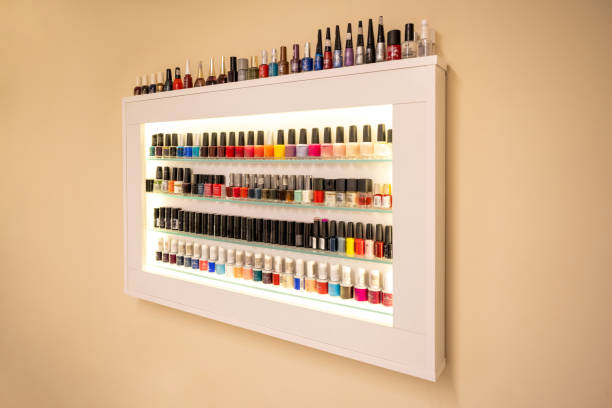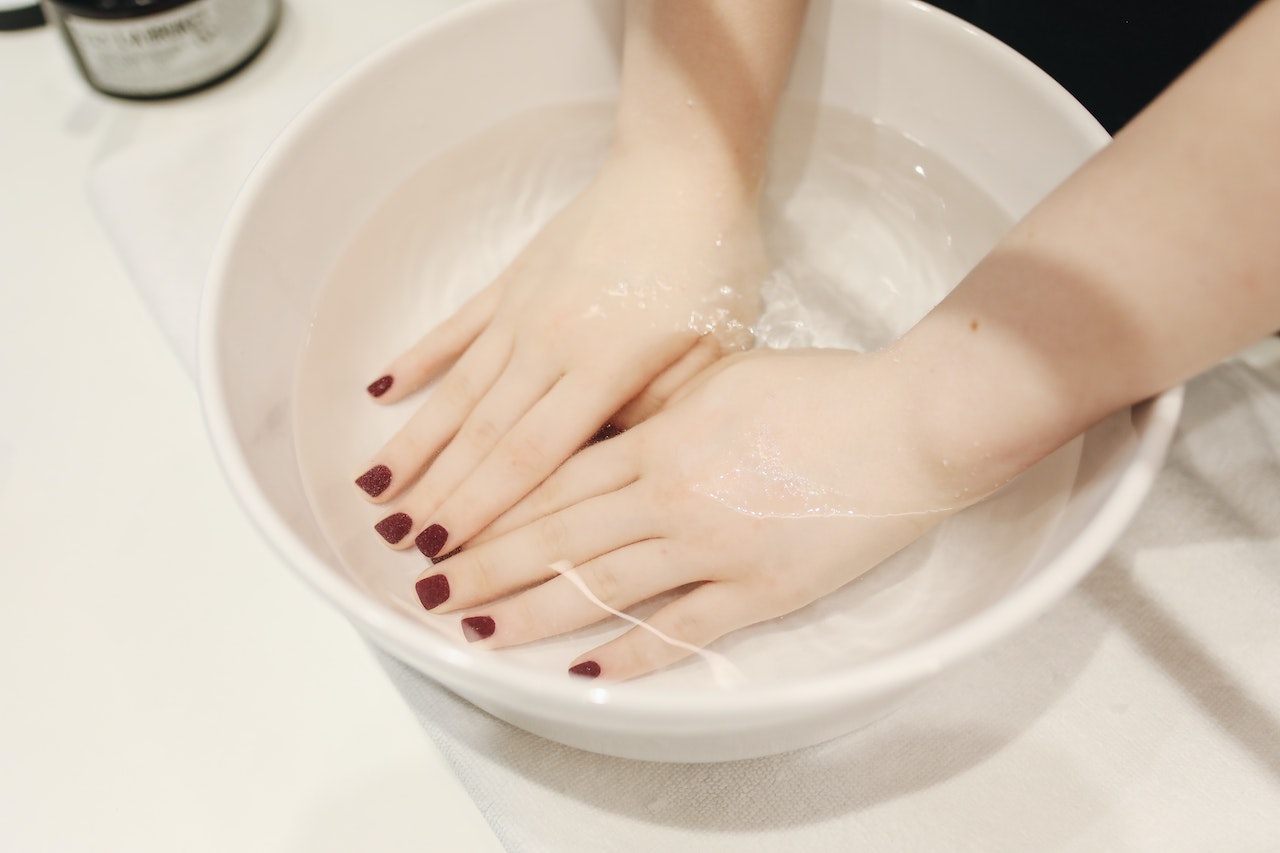The vibrant world of nail art is filled with a plethora of techniques and tools designed to create the perfect manicure. Among these, the use of UV lamps has revolutionized the way we apply and wear nail polish. This innovation naturally raises questions, one of the most common beings, “Can UV lamps dry regular nail polish?” In this article, we’ll delve into the world of nail polish, UV lamps, and the science behind them, providing you with a comprehensive understanding that will empower you to make informed decisions about your nail care routine.

• Regular Nail Polish
Overview: Regular nail polish, also known as lacquer, is a type of paint that can be applied to human fingernails or toenails to decorate and protect nail plates. Its formula primarily consists of nitrocellulose dissolved in a solvent, along with color pigments to provide a wide range of hues.
Key Ingredients: The main components of nail polish typically include solvents, film formers, resins, plasticizers, pigmentation, and pearls. While these ingredients are generally safe with proper use, excessive exposure or ingestion can be harmful.
Price: Regular nail polish is generally less expensive than gel polish. However, considering its lower durability, the cost might add up over time due to frequent reapplications.
Advantages: Nail polish comes in a vast array of colors and finishes, making it a crucial part of manicures and pedicures. It can be easily applied and removed without the need for professional equipment or techniques. Nail polish is also more suitable for intricate nail art designs due to its variety of colors and textures.
Disadvantages: The durability of nail polish is relatively low, with a tendency to chip or peel off within a few days. Furthermore, the chemicals it contains, such as toluene and formaldehyde, can potentially have adverse effects on the nails and surrounding skin, especially if not used correctly.

• Gel Nail Polish
Overview: Gel nail polish is a special type of nail lacquer that cures under a UV or LED lamp. Its main ingredient is a type of acrylic polymer that hardens under UV light, creating a durable, glossy finish. That’s why gel polish bottles are opaque.
Key Ingredients: The main components of gel polish are oligomers, photoinitiators, and pigments. These ingredients are generally safe for use, but improper handling or overexposure can lead to skin irritation or other issues.
Price: Gel nail polish is generally more expensive than regular nail polish. However, considering its high durability and the fact that it requires fewer reapplications, the cost might be justified over time.
Advantages: The primary advantage of gel polish is its longevity. It can maintain a chip-free finish for at least two weeks, making it more practical for those seeking long-lasting manicures. Moreover, gel polish is considered gentler than other overlays like acrylics, helping to maintain strong and healthy natural nails.
Disadvantages: Gel polish requires professional UV or LED lamps for curing. Additionally, the removal process of gel polish requires professional-grade solvents or tools, like nail files or nail drill machines, and incorrect removal can potentially damage the nails.
• Nail Dryer
This device accelerates the drying process of nail polish by creating wind, similar to the hand dryers we use outside restrooms. It is suitable for regular nail polish, which dries naturally when exposed to air.
• Nail Lamps
These devices use light (UV or LED) to cure or dry certain types of nail polish, such as gel polish. While the working principles of UV and LED lamps are slightly different, they both trigger a chemical reaction in the gel polish by emitting light of specific wavelengths, transforming it from a liquid to a solid state. For a detailed comparison and understanding of the principles of UV and LED lamps, you can refer to our previous article: Are LED Nail Lamps Safer than UV?
It’s worth noting that UV lamps are specifically designed for gel nail polishes that contain certain photo-initiators. These initiators only trigger the curing process under UV light exposure.
After understanding the principles explained above, let’s return to the initial question. The answer should now be clear.
UV lamps are not recommended for drying regular nail polish. This is because regular nail polish dries through a physical evaporation process rather than a chemical curing process. The solvents in regular nail polish will evaporate when exposed to air. UV lamps will not speed up this process. In fact, the heat from the UV lamps may cause the nail polish to crease or smudge.
• Air drying is the most common method to dry regular nail polish. It’s recommended to wait at least 5-10 minutes between coats and allow 15-20 minutes for the final coat to dry.
• Nail dryers that blow air can also be used. The trick is to use cold air. These devices speed up the evaporation process, helping the polish to dry faster. However, it’s important to ensure the dryer is clean and well-maintained to avoid dust particles from settling on the wet polish.
• Quick-dry solutions, such as sprays or drops, are another option. These products contain solvents that enhance the evaporation process, reducing the drying time. They are designed to speed up the drying process and can be a great option for those in a hurry.

When choosing regular polish, be mindful of the smell. Some nail polishes have a particularly pungent odor, which can have a significant impact on the body.
When applying regular polish, it’s important to master the correct method. First, clean the surface layer of the nails to prevent the nail polish from warping. Some nail polishes are prone to this issue, so pay attention to the thickness of the application. Applying too thick a layer can also lead to warping. If warping occurs, repair it promptly.
After applying regular polish, avoid washing your hands with warm water for extended periods. Doing so can also lead to nail polish falling off.
Navigating the world of nail care can seem like a maze, with its myriad of products, tools, and techniques. However, with a little knowledge and understanding, you can make the journey less daunting and more enjoyable. Whether you’re a fan of the classic regular nail polish or the long-lasting gel polish, remember that the key to a great manicure lies not just in the products you use, but also in the process you follow. So, keep exploring, keep learning, and most importantly, keep shining!

16 Years
Experience
12 Months
Warranty
Monday - Sunday
24/7 Customer Support
Be the first to know about special offers, new innovations and more.